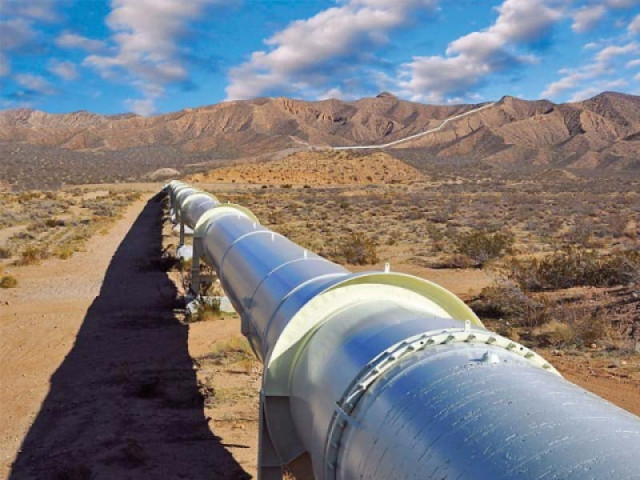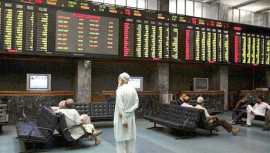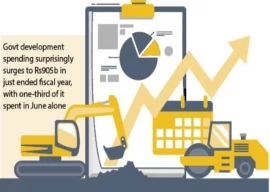
The increase in minimum charges, which will be effective from July 1, 2019, will have an impact on gas tariffs as well. However, domestic consumers have been exempted from the revision in minimum charges.
According to a notification issued by Ogra, the minimum charges on gas supply have been increased by 39% for the general industry, compressed natural gas (CNG) stations, cement plants, power plants, independent power producers (IPPs), captive power plants and zero-rated registered exporters and manufacturers.
Minimum charges for commercial consumers have been increased by 9% whereas for bulk domestic consumers the charges have been raised by 16%.
OGRA says it provided Rs107m relief to consumers
Commercial consumers include cafes, bakeries, milk shops, tea stalls, canteens, barber shops, laundries, hotels (including malls, places of entertainment like cinemas, clubs, theaters, private offices, corporate firms, etc) and ice factories.
Minimum charges for bulk commercial consumers have been increased from Rs5,880.10 per month to Rs6,415 per month, with an increase of Rs534.9 or 9%.
The minimum gas sale price has also been revised for the consumers who are engaged in the processing of industrial raw material into value-added finished products, irrespective of the volume of gas consumed, but excluding such industries for which a separate rate has been prescribed.
Minimum charges for them have been increased from Rs26,301.60 to Rs36,449.70 per month, with an increase of Rs10,148.10 or 39%.
The regulator also raised minimum charges for registered manufacturers or exporters of five major sectors, which were previously zero-rated, and their captive power plants.
These sectors include textile (including jute), carpets, leather, sports and surgical goods. Their minimum charges have been raised from Rs20,232 to Rs28,060.20 per month, with an increase of Rs7,828.20 or 39%.
Minimum monthly gas charges have also been jacked up for the CNG sector by Rs12,757.50, or 39%, from Rs33,045.60 to Rs45,803.10. Minimum monthly charges for the cement sector were raised by Rs12,711.90 (39%) from Rs32,877 to Rs45,588.90.
The regulator also pushed up minimum gas charges for the captive power plants of industrial units from Rs21,209.88 to Rs36,449.70 per month. The increase has been calculated at Rs10,148.10 or 39%.
Minimum gas sale charges for the IPPs have been increased by Rs8,206.92 (39%) from Rs21,209.88 to Rs29,416.80 per month.
PAC orders complete audit of Ogra
Consumers falling under the category of bulk domestic consumers include orphanages, charitable organisations, residential consumers with bulk meters, government hospitals, clinics, maternity homes, government guesthouses and offices, armed forces' messes, universities, colleges, schools and private educational institutions.
Minimum charges for this category have been revised downwards from Rs4,680.09 to Rs3,900, down Rs780 or 16%.
LNG prices
In the meantime, Ogra notified a month-on-month decrease in re-gasified liquefied natural gas (RLNG) price for Sui Northern Gas Pipelines Limited (SNGPL) to $11.0133 from $11.3548 per million British thermal units (mmbtu) in July. The RLNG price for Sui Southern Gas Company (SSGC) was reduced from $11.3724 to $11.0153 per mmbtu.
Published in The Express Tribune, August 10th, 2019.
Like Business on Facebook, follow @TribuneBiz on Twitter to stay informed and join in the conversation.

















COMMENTS
Comments are moderated and generally will be posted if they are on-topic and not abusive.
For more information, please see our Comments FAQ